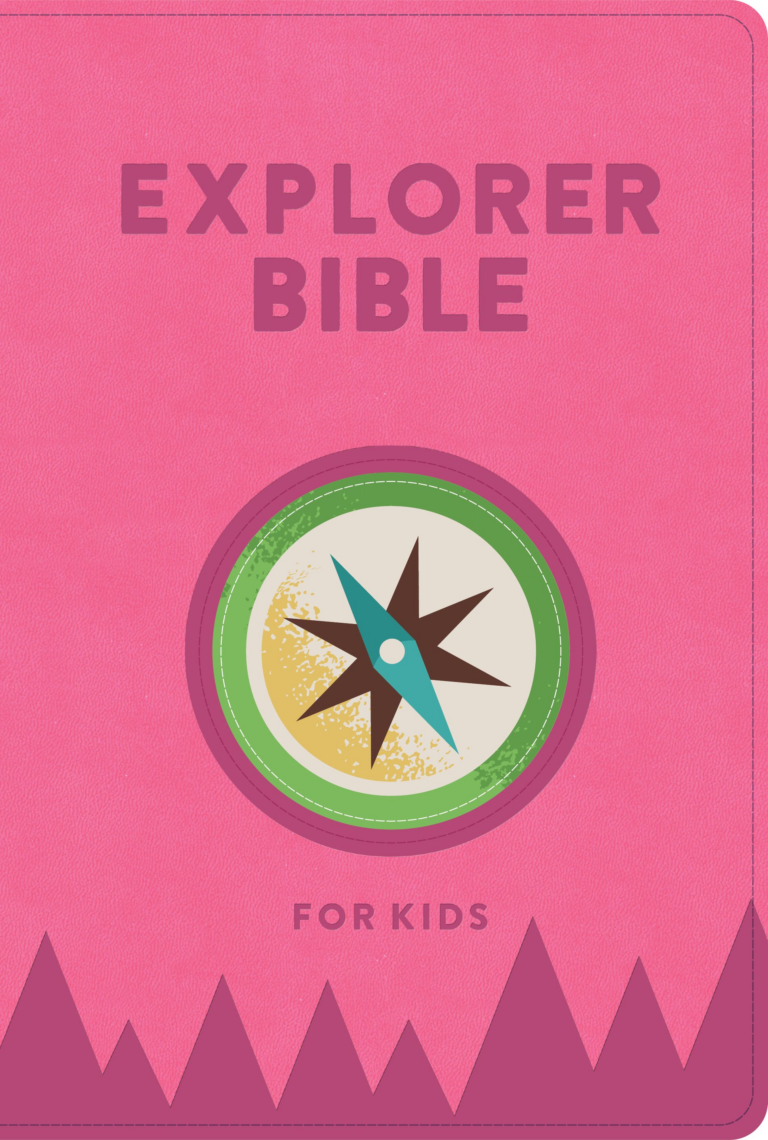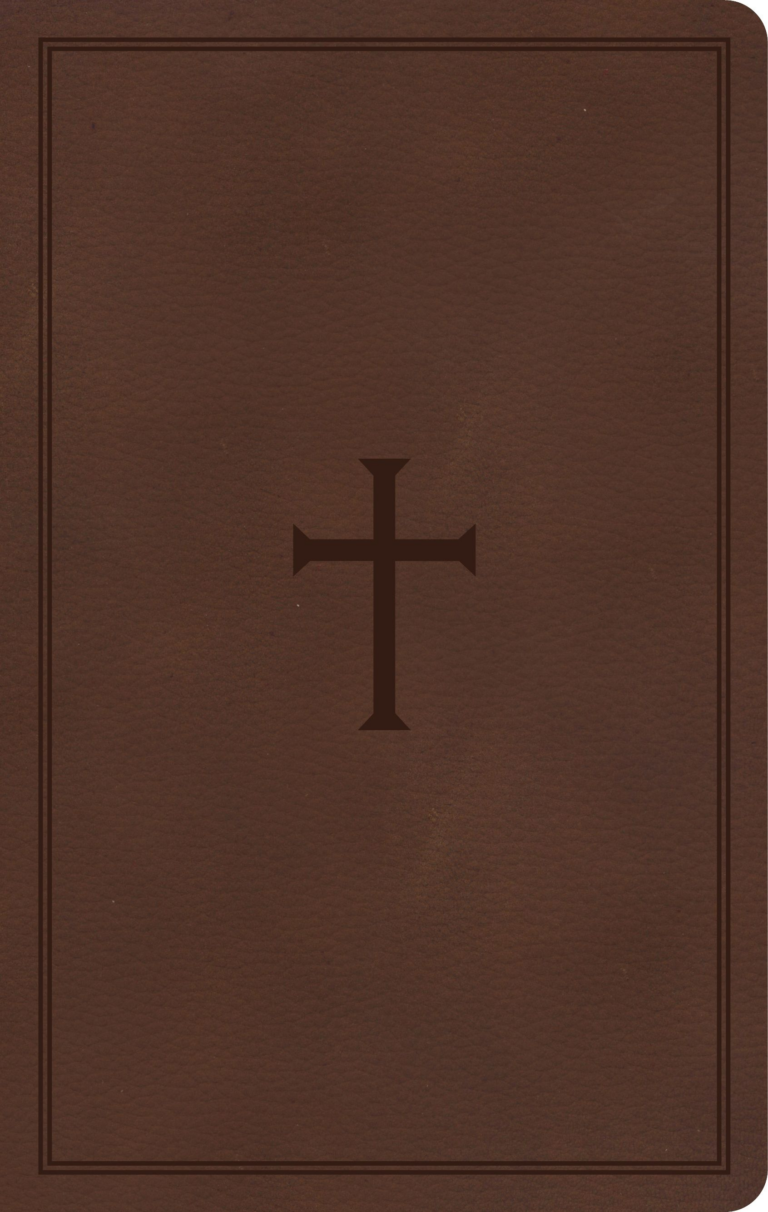The King James Version
Translated 1611
For over 400 years, the King James Version has been the trusted translation for millions of believers, capturing the majesty of God's Word and shaping the worship of generations.

Featured
View AllFOR KIDS AND TEENS
KJV Thinline Bibles
Premium Bibles
Find Your KJV Bible
Apply God's Word with KJV Bible Study Plans.
Bible Studies for Life is designed to help groups make disciples through in-depth Bible study that addresses real-life issues. And, our studies provide followers of Jesus with a pathway to walk on as they become more like Jesus and advance His kingdom.
Learn MoreThe grass withereth, the flower fadeth: but the word of our God shall stand for ever.
Isaiah 40:8
New to the KJV? Here's what to expect.
Since 1611, Christians have turned to the King James Version of the Bible for a faithful and beautiful rendering of God’s Word. Its rich tradition has guided generations of pastors, authors, and scholars, while its reverent language continues to shape our words today.
Historic Language
The KJV was translated in the beginning of the 1600s. The scholars translating it were among the top scholars of their day, and most were deeply familiar with literature and poetry as well as with theology and ancient languages. They were also intent on creating a translation that would last for generations, so they avoided recent changes to the language, often using words and phrases that sounded formal even then to ensure the dignity and longevity of the translation.
Long-Lasting Clarity
That said, the KJV is remarkably readable for a four-hundred-year-old book. This reflects the translators’ original goals, which were written down in the preface to the first edition: “We desire that the Scripture may speak like itself, as in the language of Canaan, that it may be understood even of the very vulgar.”
For clarity, translators favored simple words, especially one-syllable words. This helps to keep the translation understandable today, as well as contributing to its stately cadence.
Musical Rhythm
When the KJV was translated, fewer people were literate, church was structured a little differently, and it was the norm to read out loud rather than silently. As a result, people were more likely to hear the Bible than to read it. The KJV reflects this with a majestic rhythm that is almost musical at times.
Calling God “Thou”
Today, “thou” sounds strange and formal to us, but it was once a sign of closeness. In early modern English, there were two forms of you, as there still are in many other languages, such as Spanish, French, and German. “You” was plural, but it was also used to show respect or formality. “Thou” was singular, but it was only used with close friends, family, or subordinates.
Scholars differ on why the KJV uses “thou” for God. Some argue it’s an attempt to stay close to the Latin “tu” or to emphasize the one-ness of God. Others point to the intimacy of our relationship with God, seeing “thou” as a display of the affection and trust we feel towards our heavenly Father.
Familiar Idioms
In the centuries following its translation, the KJV remained one of the most widely read and studied books in the English language. Memorized by countless students and preached on countless Sundays, its phrases gradually entered our everyday language: “how are the mighty fallen,” “the skin of my teeth,” “at their wit’s end,” “in the twinkling of an eye,” “a thief in the night,” and hundreds of others.



































































